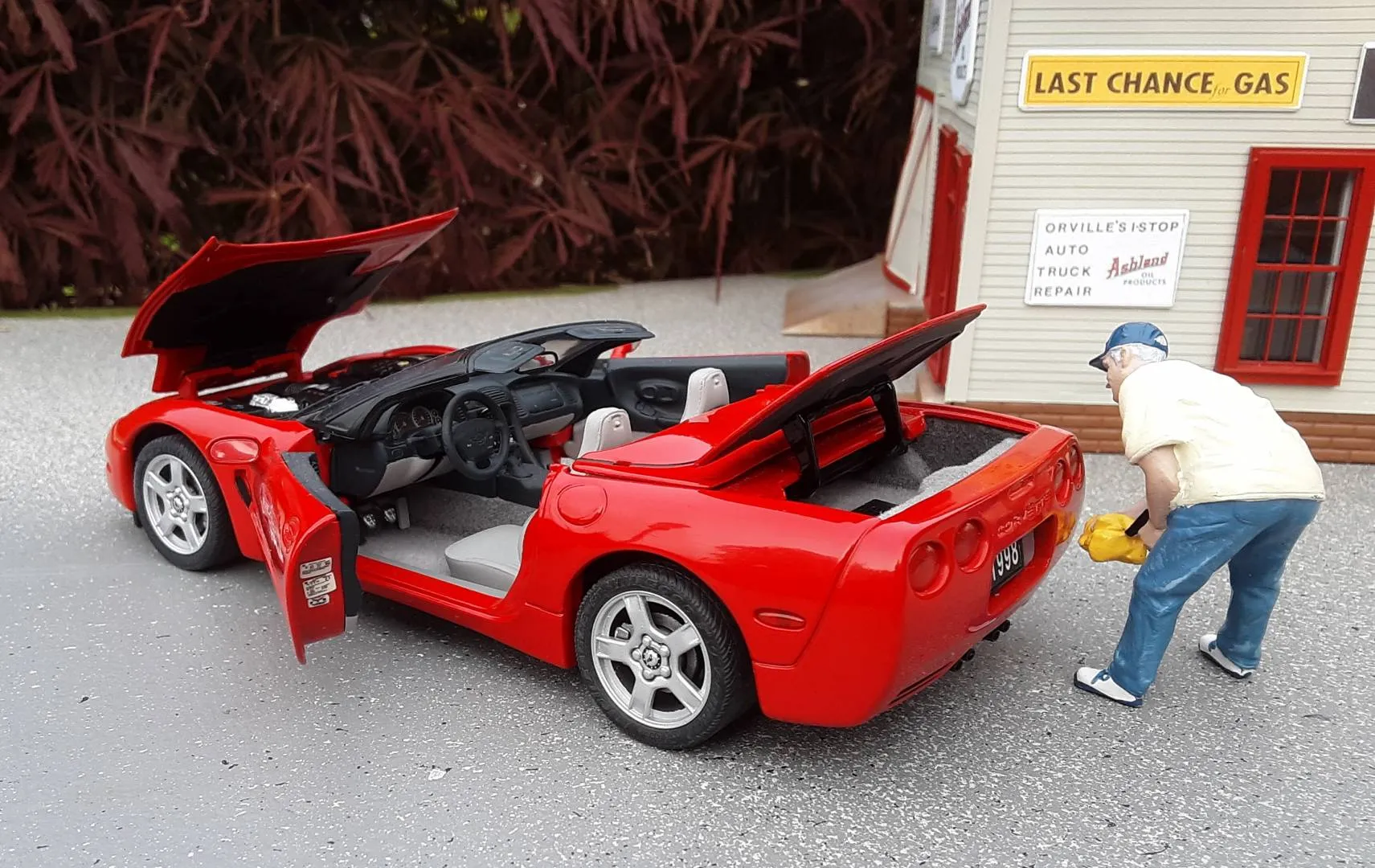The Allure of Corvette Diecast Models
Corvette diecast models are more than just miniature replicas; they are a testament to the enduring legacy of an American icon. These meticulously crafted models capture the essence of the Chevrolet Corvette, a car that has defined performance and style for generations. The appeal of these collectibles extends beyond mere aesthetics; they represent a passion for automobiles, a connection to automotive history, and a rewarding hobby for enthusiasts of all ages. Owning a Corvette diecast model allows fans to appreciate the intricate details and design elements that make the Corvette so special, providing a tangible link to this legendary vehicle. Whether you’re a seasoned collector or a casual admirer, the world of Corvette diecast models offers something truly captivating.
Fact 1 Exquisite Detailing
One of the most amazing aspects of Corvette diecast models is the exquisite level of detailing. Manufacturers go to great lengths to replicate every curve, contour, and component of the original car. From the iconic split window of the C2 generation to the sleek lines of the C8, every detail is meticulously recreated. This includes accurate representations of the interior, such as the dashboard, seats, and steering wheel. Engine compartments are often equally detailed, with miniature versions of the engine, belts, and other mechanical components. This precision is what sets diecast models apart from other types of toy cars, offering a level of realism that is truly impressive. Collectors often use magnifying glasses to fully appreciate the craftsmanship involved.
The Precision of Scale
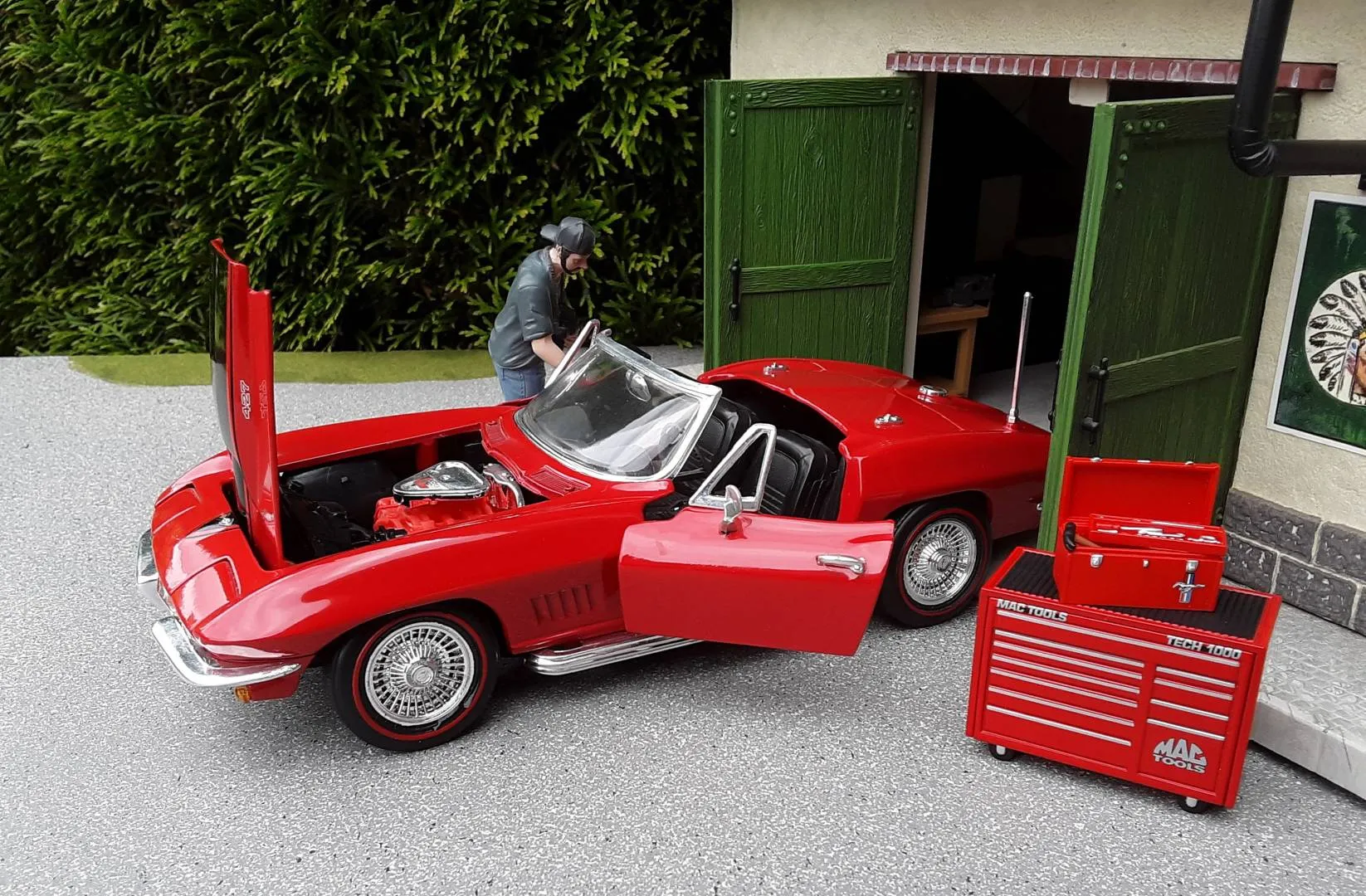
The precision of scale is critical in creating realistic diecast models. Common scales include 1 18, 1 24, and 1 43, each offering a different level of detail and size. The scale determines the size of the model relative to the real car, with larger scales typically allowing for more intricate detailing. A 1 18 scale model, for example, will be significantly larger than a 1 43 scale model, allowing for a greater level of detail in features like the engine, interior, and exterior trim. The precision in maintaining the correct proportions is what makes these models so appealing to collectors, ensuring that the miniature versions accurately represent the original Corvette.
Materials Used in Diecast Models
The materials used in Corvette diecast models contribute significantly to their quality, durability, and overall appearance. High-quality models typically feature a diecast metal body, often made from zinc alloys. This gives the model a satisfying weight and a realistic feel. Other materials include plastic for interior components, tires made from rubber, and clear plastic for windows and headlights. The combination of these materials allows for a high level of detail and realism. The paint finish is also crucial, with many models using multiple layers of paint to achieve a deep, lustrous shine. The materials chosen, combined with the manufacturing techniques, result in a finished product that closely resembles the real Corvette.
Metal Alloys and Durability
The choice of metal alloys is vital for the durability of a Corvette diecast model. Zinc alloys are commonly used because they provide a good balance of strength, weight, and ability to take fine detail. These alloys allow manufacturers to create intricate shapes and designs without compromising the structural integrity of the model. The use of metal also gives the model a satisfying weight, contributing to its realistic feel. Diecast models are built to last, often withstanding the test of time and remaining in excellent condition for decades. Proper care and storage can further extend their lifespan, making them a valuable investment for collectors.
Fact 2 Historical Significance
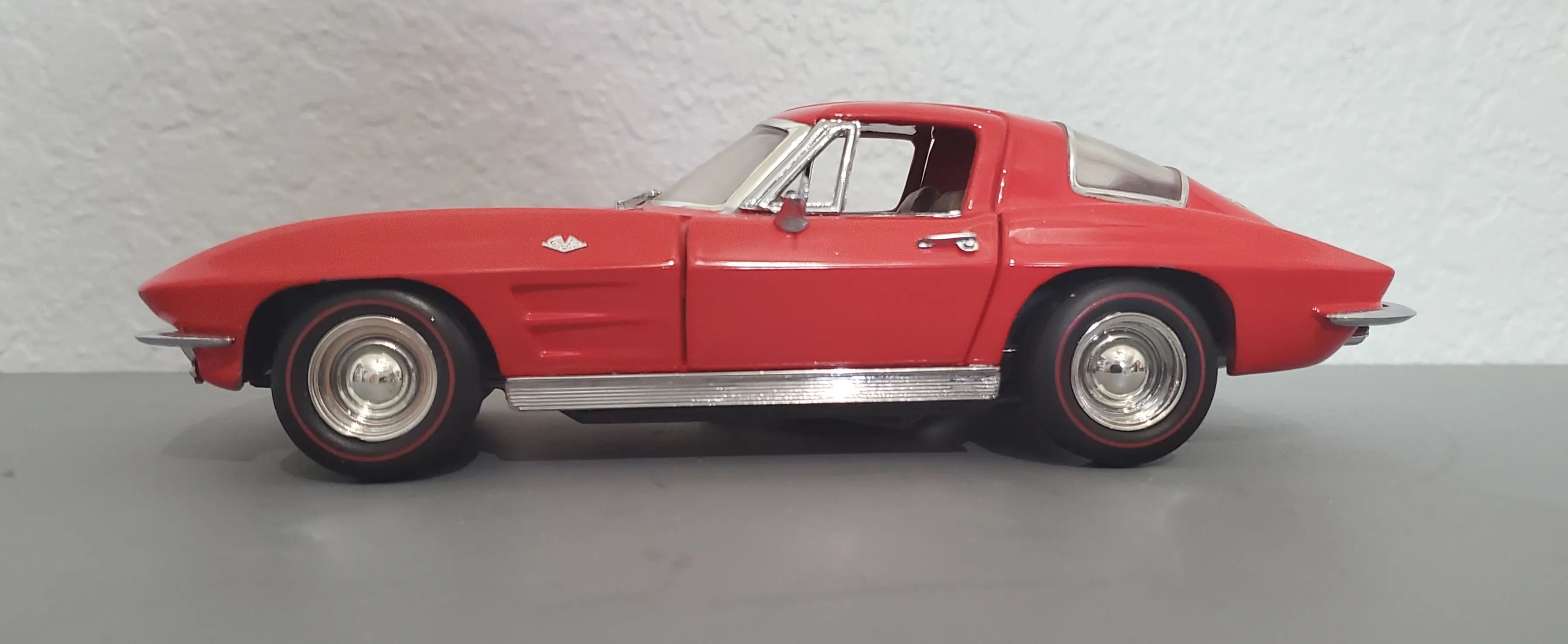
Corvette diecast models capture the historical significance of the Corvette, preserving the legacy of this iconic car across generations. Each model represents a specific era and design of the Corvette, from the classic C1s of the 1950s to the modern C8s. Collecting these models allows enthusiasts to trace the evolution of the Corvette, from its early beginnings as a sporty roadster to its evolution into a high-performance supercar. The models serve as tangible reminders of the innovations and design changes that have shaped the Corvette’s identity. They are a way to appreciate the car’s enduring appeal and the impact it has had on automotive culture. Displaying a collection is like having a miniature automotive museum.
Iconic Corvette Generations
Each generation of the Corvette, from the C1 to the C8, has its own distinctive characteristics and historical significance. Diecast models faithfully recreate these different generations, allowing collectors to celebrate the evolution of the car. The C1, with its classic lines and early V8 engines, represents the birth of the Corvette. The C2, with its split rear window, is a design icon. The C3 introduced the iconic Stingray. The C4 brought modern aerodynamics and performance. The C5, C6, and C7 continued to push the boundaries of performance and technology, culminating in the mid-engine C8. Collecting models of each generation is a way to appreciate the rich history of the Corvette and its impact on the automotive world.
Capturing Automotive History
Corvette diecast models are more than just toys; they are miniature works of art that capture important moments in automotive history. They celebrate design innovations, technological advancements, and the spirit of American automotive engineering. By collecting these models, enthusiasts preserve the memory of influential cars and the eras they represent. The models also serve as a window into the broader culture of car collecting, where history and artistry converge. Owning these miniature versions allows collectors to own a piece of the Corvette’s legacy, ensuring that its story continues to be told for future generations.
Fact 3 Collectibility and Value

Corvette diecast models are highly collectible, and their value can vary widely depending on factors such as rarity, condition, and edition. Certain models, particularly limited editions or those representing rare versions of the Corvette, can be quite valuable. Collectors often seek out specific models to complete their collections. The demand for certain models can drive up their prices, making them a worthwhile investment for some. The collectibility of Corvette diecast models adds another layer of enjoyment for enthusiasts, transforming a passion into a potential asset.
Rarity and Limited Editions
Rarity plays a significant role in the value of Corvette diecast models. Limited edition models, which are produced in small quantities, are often highly sought after by collectors. These models may feature unique paint schemes, special features, or exclusive details that distinguish them from standard production models. Limited editions are often released to commemorate special events or anniversaries, increasing their desirability. Rarity drives up the demand and value of these models, making them prized possessions within the collecting community. If you find a rare model, it could be a valuable investment.
Factors Influencing Value
Several factors influence the value of Corvette diecast models. Condition is a critical factor; models in pristine condition are typically worth more than those with damage or wear and tear. The original packaging and any included accessories also contribute to the value. Rarity, as mentioned earlier, is a major determinant of value. The manufacturer and the quality of the model are also important. Certain manufacturers are known for producing high-quality models that are highly valued by collectors. Historical significance plays a role; models representing iconic Corvette generations tend to be more valuable. Finally, market trends and collector demand also impact prices. The best way to assess value is to research comparable models and consult with experienced collectors.
Fact 4 The Craftsmanship Process
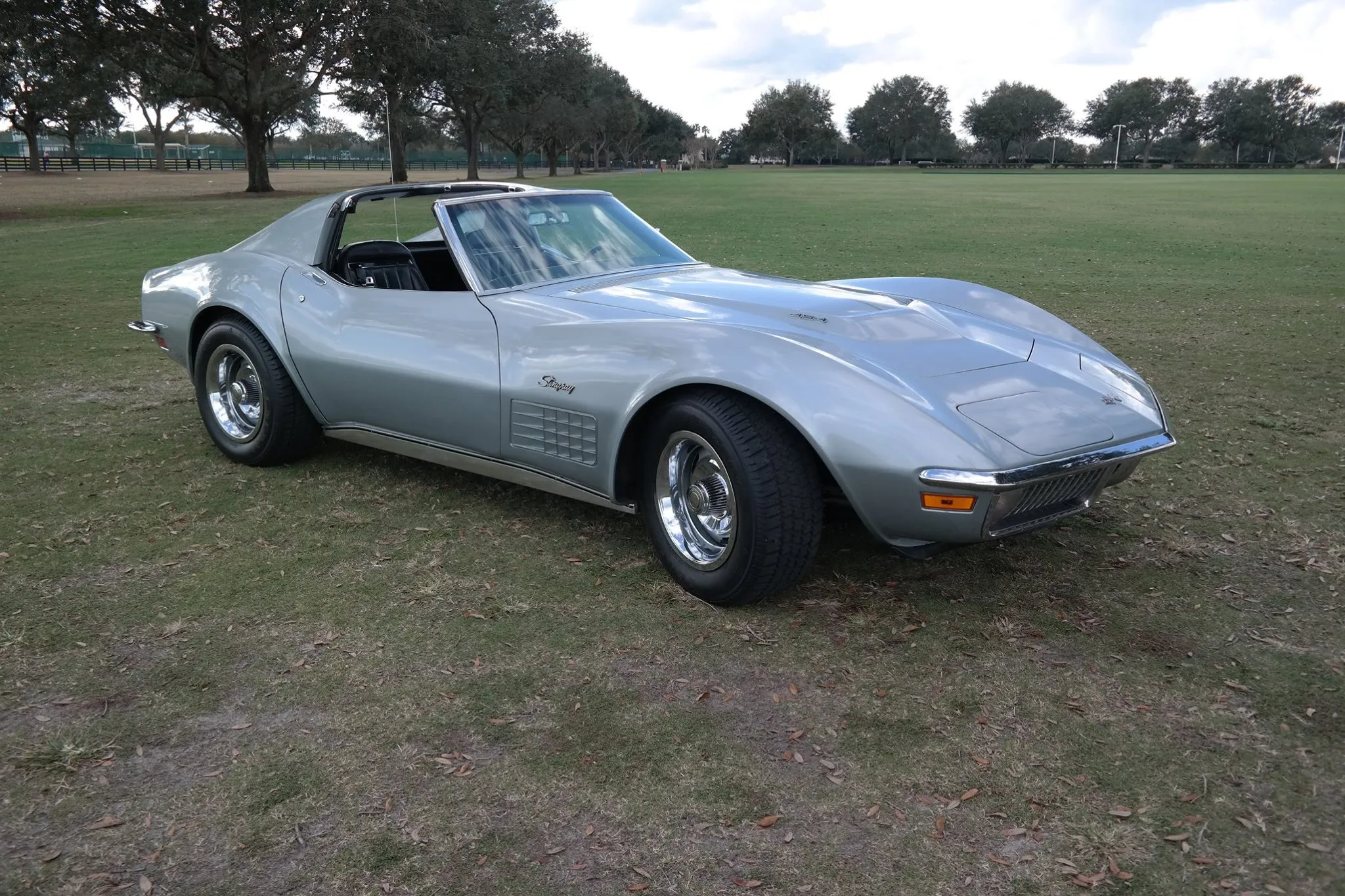
The craftsmanship process involved in creating Corvette diecast models is a complex and intricate art form, combining precise engineering with meticulous hand-finishing. From the initial design to the final assembly, each step requires skill and attention to detail. The process often begins with detailed CAD (computer-aided design) models, which are used to create the molds for the diecast components. These molds are filled with molten metal, typically a zinc alloy, under high pressure to ensure accurate and detailed castings. Once the castings are cooled, they are trimmed, cleaned, and prepared for the next stages.
Die-casting and Assembly Techniques
Die-casting is the core of the manufacturing process for diecast models. Molten metal is injected into high-pressure molds, creating precise and detailed components. This technique allows for the creation of complex shapes and intricate details. After the castings are made, they are often trimmed and cleaned to remove any excess material. The assembly stage involves putting all of the components together. This is often a meticulous process, with skilled workers carefully attaching the parts, such as the chassis, interior components, and exterior details. The precision of the assembly is crucial for the overall quality and appearance of the model. Many models feature functional parts, such as opening doors, hoods, and steering wheels.
Painting and Finishing
Painting and finishing are crucial steps in the creation of a high-quality Corvette diecast model. The models often undergo multiple layers of paint to achieve a deep, lustrous finish that closely matches the original car. The painting process can involve several stages, including priming, base coating, and clear coating. The clear coat provides a protective layer and enhances the shine. After the paint is applied, the model may undergo detailed finishing touches, such as the application of decals, emblems, and other details. The quality of the paint and finishing greatly influences the model’s aesthetic appeal and collectibility.
Fact 5 A Hobby for Everyone
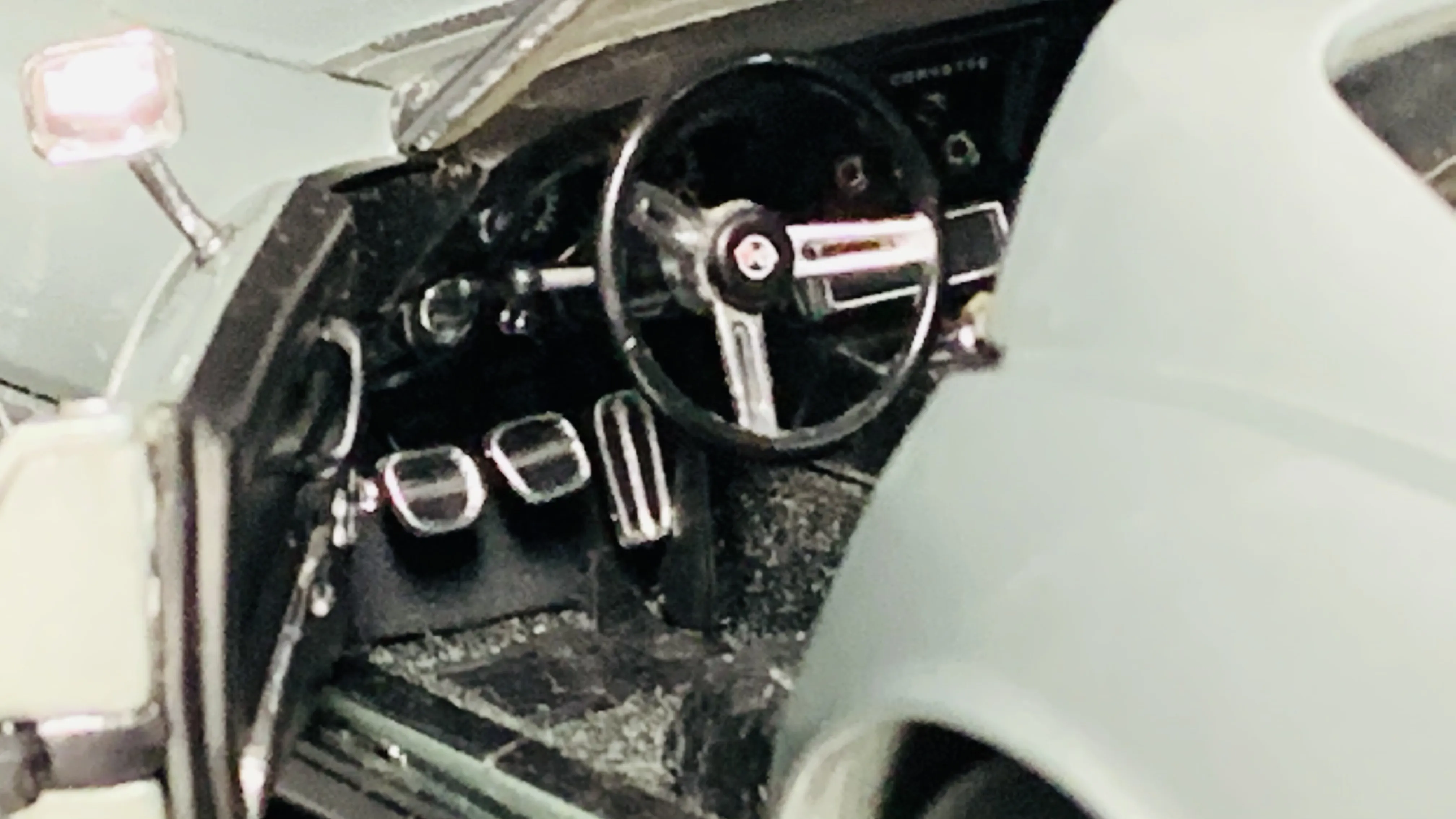
Collecting Corvette diecast models is a rewarding hobby that can be enjoyed by anyone, regardless of their age or background. It’s a passion that brings together people who share a love for cars, history, and craftsmanship. Building a collection is a journey of discovery, as collectors learn about the Corvette’s history, the details of different models, and the best ways to display and preserve their treasures. It’s a social hobby, often involving networking with other enthusiasts through online forums, car shows, and local clubs. It provides an opportunity to connect with like-minded individuals, exchange knowledge, and share the joy of collecting.
Collecting Tips and Resources
Starting a Corvette diecast model collection can be exciting and rewarding. Researching different models and manufacturers is the first step. Consider joining online forums or collecting clubs to learn from experienced collectors. Set a budget and focus on the models that interest you most. Attend car shows and swap meets to find models and connect with other enthusiasts. Utilize online resources, such as diecast model databases and review sites, to research specific models and learn about their value and history. Learn about different scales and manufacturers, which will help you to identify models that fit your interests and budget. Most importantly, have fun and enjoy the process of building your collection.
Displaying Your Collection
Properly displaying your Corvette diecast model collection is a crucial part of the hobby. It’s a way to showcase your passion and protect your models. Consider using display cases, shelves, or dedicated cabinets to protect your models from dust, sunlight, and accidental damage. Arrange your models in a way that is visually appealing, such as by generation, color, or manufacturer. Adding background elements, such as miniature dioramas or informational plaques, can further enhance the display. Good lighting is also key; consider using spotlights or LED lighting to highlight the details of your models. Regularly clean your models and their display area to maintain their condition and prevent the build-up of dust. Displaying your collection is a way to share your passion for these miniature works of art with others.
